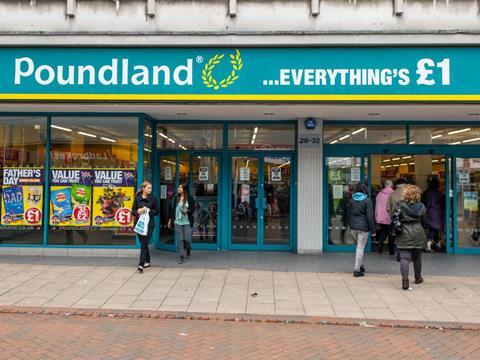
If the rumours are true, Steinhoff is taking a big gamble.
Not by spending £597m on Poundland, which is a fair market price, albeit in a market where Brexit has scrambled everyone’s interpretation of what makes for a fair deal – not least for a business named after the pound.
No, the strong rumour is that Steinhoff is considering scrapping Poundland’s £1 price point and turning the most successful fixed price variety retailer in the UK (and Europe) into another big multi-priced variety retailer.
MPVR has become a lucrative sector. So you could point to the success of B&M Bargains, Home Bargains or Wilko and argue Poundland could leverage its bulk, open up on price and do the same.
It’s already trialling the concept with five Poundland & More stores, the first of which opened in April, which sell products priced over £1.
But to do that across the estate would automatically lose Poundland its USP, cede its dominant pound shop position, and enter into the multi-priced fray with those three (and more) and start battling for the same customers.
Why would it choose to do that?
Gaze way into the future and inflation means Poundland won’t be able to shrink Toblerones forever. But whether it’s Poundland or Dollar General, the fixed price concept will never die. And the multi-price question has been dismissed by Poundland before.
“Twenty-one years after the first shop, we are the same price,” former CEO Jim McCarthy told The Grocer in 2011.
To hit that price point “we negotiate hard”.
Or it shrinks the product. And if it still can’t retail the product for a pound?
“We delist it. The range will evolve but the model stays.”
Four years on and competition was springing up all over the place. Amid a rash of 97p promotions as rivals crowded in, double price £2 CDs, and ‘conditional spend’ deals (where a shopper that spent £3 would qualify to buy a bottle of David Beckham aftershave with an rsp of £22 for £8, which is definitely more complex than ‘Everything’s £1’), McCarthy was still insisting the “fixed price point is our strength”.
Whatever offers Poundland was trialling, he was firm they “mustn’t impact on the single price.”
That’s because although a product range that screams value and non-dingy locations are important, Poundland’s X-factor has always been the fixed price point. Through the 1990s, that relatively novel promise lured shoppers in. The simplicity of the deal got them spending and they left with armfuls of things they didn’t know they needed, like mops, batteries and After Eights.
The requirement to hit that price point also whips every other element of the business. It instils rigorous discipline in buyers. Every SKU fights to be on the shelf. It’s a discipline that took it from a bucket on a market stall to a profitable company with sales of £1.3bn that, for a while, was the toast of the City.
With it, Poundland is a shop anyone can afford, where parents can promise a child anything they choose. Without it, Poundland is just another shop that sells stuff. Scrap the price point, scrap the fascia.
The rationale for multi-price
So what could the rationale be for Steinhoff taking Poundland multi-price?
Maybe it does fancy battling the likes of the Leahy-backed B&M in the multi-price market by rebranding the entire estate and relaunching it. It’s got the staff, the locations, the logistics, a global supply chain, a crack buying team and a new website in place. It wouldn’t be easy to succeed, but it would be relatively easy to try.
It could take the easy option and rebrand as Dealz, the European version of Poundland, whose name doesn’t tie operations down to a fixed price. It would also soften an expensive rebranding exercise as all other corporate touchpoints are identical.
And McCarthy has gone, to be replaced by new CEO Kevin O’Byrne. Maybe he isn’t as wedded to the round pound as McCarthy was.
Or maybe Steinhoff won’t play with the price point. Instead it might think some existing Poundland locations will better serve as outlets for Steinhoff European CEO Andy Bond’s projects Pep & Co, the discount clothing company, or GHM!, itself a fledging multi-priced discounter.
It would give both an immediate chance to expand rapidly into well-chosen discounter-friendly demographic areas. And CACI data showed that Poundland had only gained incremental shopper reach of 3% as a result of the protracted £55m deal for the 250-strong 99p Stores estate, so many of those duplicate areas could be suitable for a complementary discount fascia.
Or perhaps it thinks rather than take Poundland multi-priced it could make it multi-faceted. Larger locations, like those on retail parks, could be made to work the floor harder by including a Pep & Co concession, or one of its furniture brands, like Cargo.
Whatever it does, buying Poundland to turn it into anything less than a more effective version of Poundland doesn’t appear to make sense at the moment. Although after a few weeks of this crazy summer, where shocks and surprises have been as frequent as the rain, all bets are off.



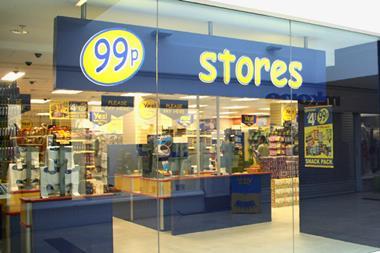
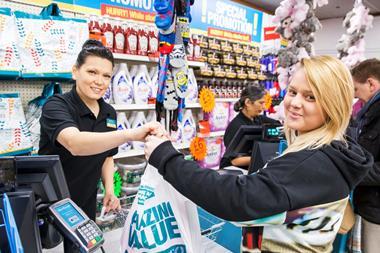
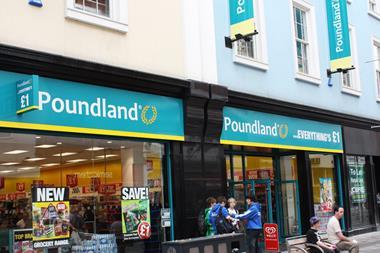
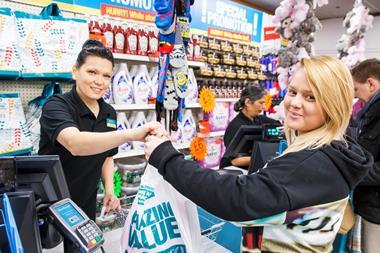
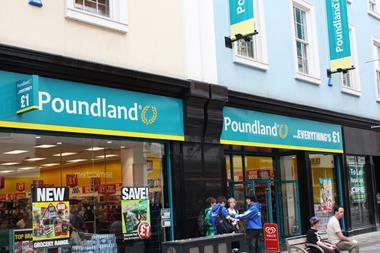


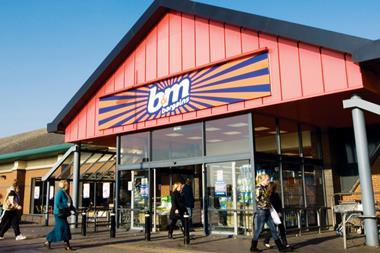
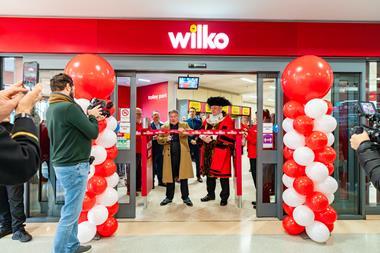
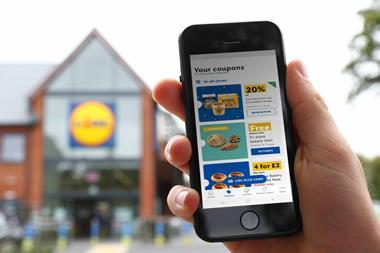
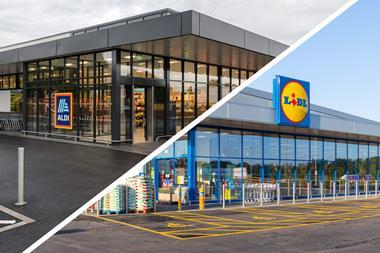

No comments yet